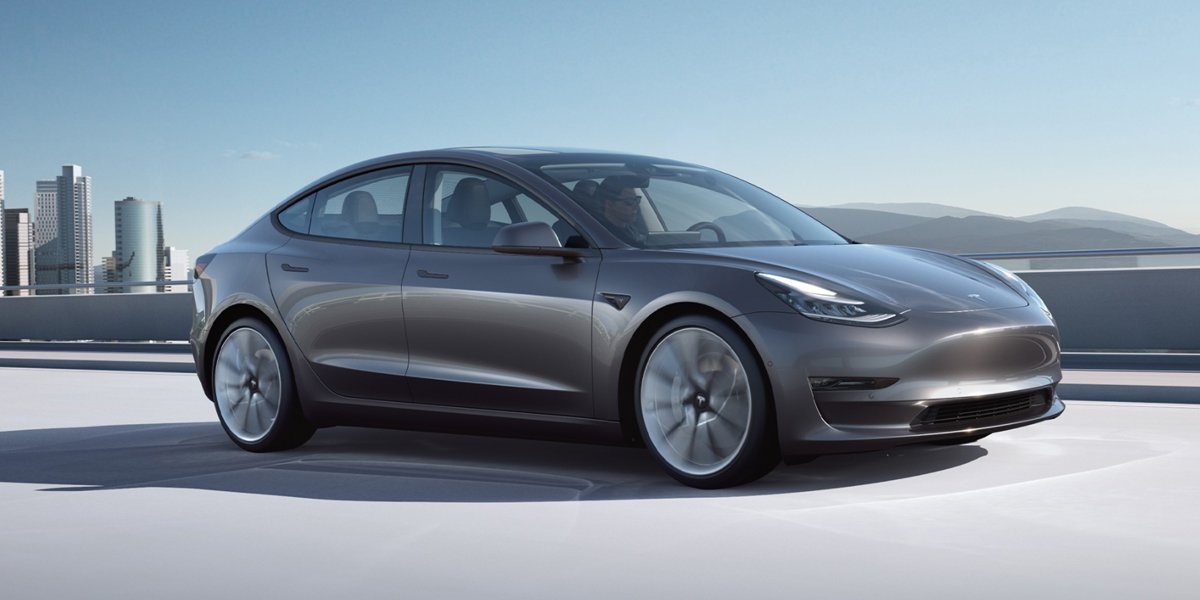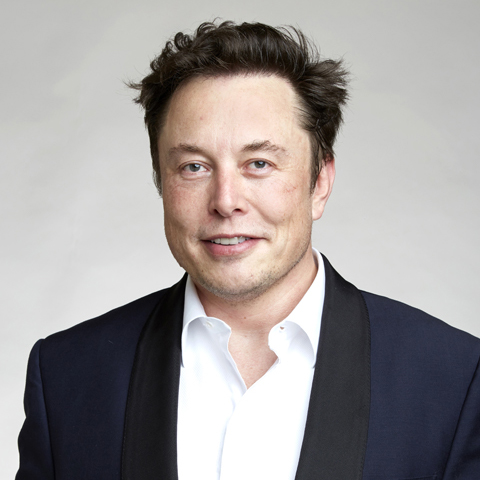
Elon Musk
Source: Wikipedia
In this article you will learn:
Why should I buy a Tesla?
I’ll start with what we know so far:
- Green is good
- Environmentally friendly is good
- Sustainable modes of transport are definitely good
- Clean energy is good
Sounds great. But is it expensive?
Well, there’s the problem: Teslas don’t come cheap.
All Tesla cars have zero emissions. So, of course, I want that. But it’s not quite that simple. Electric cars come with a hefty price tag.
Fortunately, there are a number financial incentives available for anyone who wants to invest in this particular lifestyle choice.
In its effort to encourage the industry to grow, the UK government offers a discount on the price of new low-emission vehicles. How it works is through a plug-in grant for eligible low-emission cars - previously known as Category 1. This grant is passed to the dealerships and manufacturers of any eligible low-emission vehicles, then deducted from the price tag for the consumer.
Eligibility depends on the car costing less than £50,000. The plug-in grant will pay for 35% of the purchase price, up to a maximum of £3,000.
You can also apply for up to £350 off the cost of installing a charger at home through the Electric Vehicle Homecharge Scheme.
A Good Fit for Business
So, what does this mean for business owners who want to invest in Tesla cars? How do we gain from these grants?
As well as salary sacrifice schemes, reduced National Insurance contributions, low Benefit in Kind rates (0% in 2020-21), there is also the 100% First Year Allowance (FYA).
The UK government has pledged 100% First Year Allowance for businesses investing in low-emission and electric cars, extended until 31 March 2025. This means if I invest in a Tesla, I can claim a 100% deduction of the cost in the first year.
This is definitely looking promising.
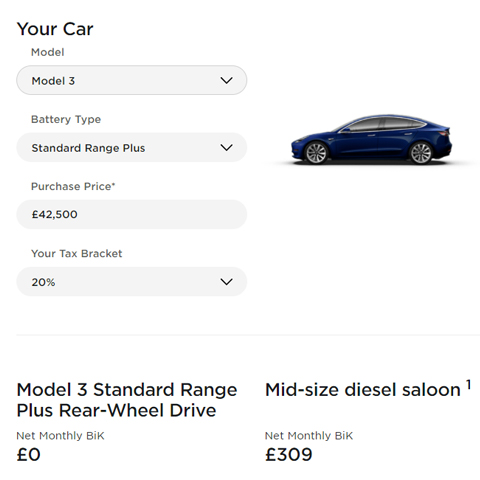
Source: Tesla
Day-to Day: Charging a Tesla
If I’m going to invest in a Tesla, it’s more than just buying a new car. This is a lifestyle adjustment, and it has to fit into my life if it’s going to work for me.
First and foremost, I need to know that when I start up my car, it has enough power in its battery to get me to where I need to go.
So, I can install a charging system at my home, which will allow a charge rate of around 7.4kW or 19 to 27 miles per hour. This means that I can plug in my Tesla overnight, knowing that in the morning it’s full and ready to drive.
I can even get the Tesla app which will tell me how my charging is going, and when it’s complete.
This is a good start. But what about when I’m out on the road?
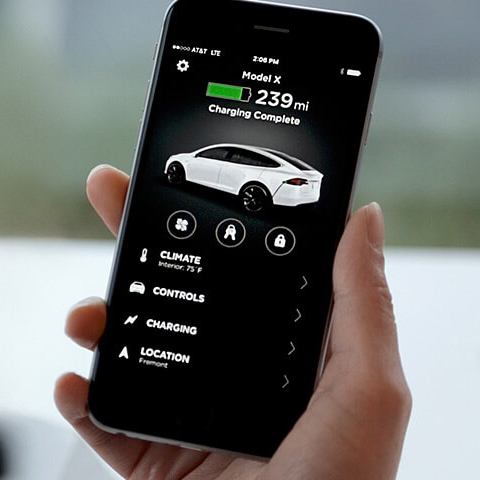
Source: Tesla
Supercharging Stations
Even with the best technology in the world, no battery stays at full power all day. Inside every Tesla is an onboard charger, and each car has a different maximum rate at which it delivers energy to the battery.
But although I could have a full battery first thing in the morning, I’d need to know where and how I could top up during the day. Where can I plug and go?
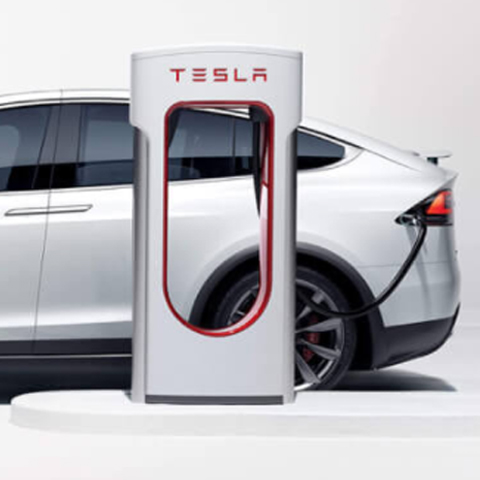
Source: Tesla
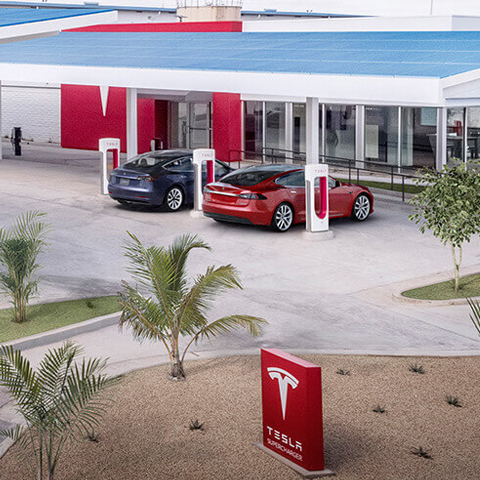
Source: Tesla
Model S Plaid
The Model S Plaid is a game changer. Capable of reaching speeds of 163mph, and achieving 0-60mph in just 2.4 seconds, it’s the fastest-accelerating production car there is.
This means it’s even faster than the Porche Taycan Turbo S, which claims a top speed of 161mph and 0-60mph in 2.6 seconds.
Impressive though these numbers are, for me the proof of value lies in the day-to-day usability of the car. And here it doesn’t disappoint either, with a travel distance of 412 miles on one single charge, and a Supercharge capability of 200 miles in just 15 minutes.
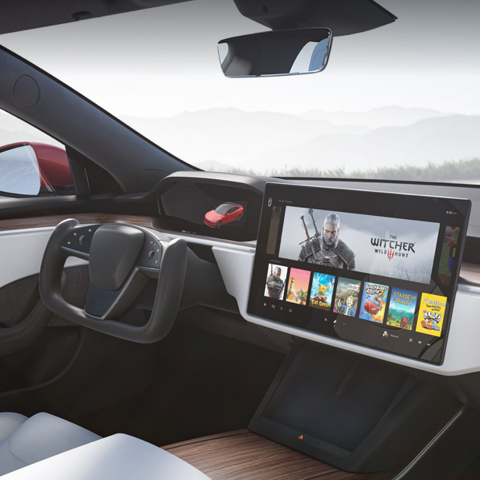
Source: Tesla
Summary
Even with the Supercharger costing around £0.26 per kWh, this still compares very favourably against the cost of petrol and diesel fuels. But Tesla’s prices are subject to regular review, along with every other daily commodity. Rising electricity prices, along with construction and maintenance costs for Supercharger Stations, will inevitably lead to price hikes.
However, after the initial purchase, I can see that my running costs with owning a Tesla would be a fraction of the cost of running a fuel engine car.
So where do I sign?

